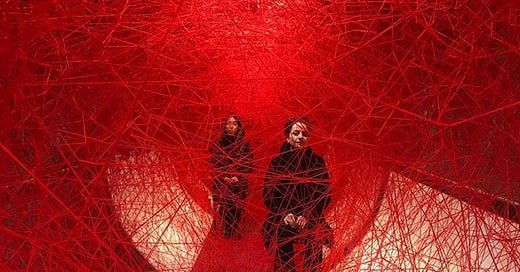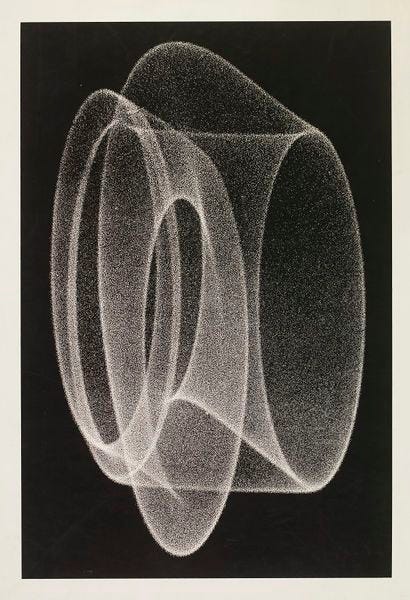I truly thought we had learned by now that outrage alone doesn’t topple power. That no amount of desperate, increasingly hollow outcries will stop an authoritarian from consolidating control.
And yet, here we are — caught in the cycle. A leader makes an inflammatory statement, (social) media erupts, and like clockwork, we are pulled into the storm — analyzing, responding, warning.
One collective, haunting scream.
Perhaps what we don’t talk about enough is the strategy behind this. The manufactured spectacle of chaos. While the world fixates on the absurdity of the day, the actual mechanisms of power are moving elsewhere, quietly, efficiently. We have seen this before. It’s no accident that Trump and the global “strongmen network” have mastered the art of leveraging outrage, of spinning out one crisis after another until it is impossible to track what is real, what is performative, what is distraction and what is the real coup.
And yet, no matter how many times we recognize the pattern and how many times I try to stay conscious of it, we are drawn in. Like a moth to a flame. Hunched over our screens, our eyes unable to move away — convinced that scrolling, reacting, and knowing more will somehow help us make sense of the chaos. Engaged and yet isolated, increasingly feeling more powerless. Because what else are we supposed to do?
But a tool is only as effective as the hand that wields it. And when outrage itself becomes the product, when our attention becomes the currency that sustains both tech giants and political leaders alike, it is worth asking: who benefits from keeping us locked in a state of permanent reaction?
Authoritarians and tech billionaires share a common goal: to keep us watching, reacting, but never truly moving. Social media offers the perfect space to exhaust ourselves in endless discourse, but to what end? When does all this energy translate into real action? The more time we spend online, the less time we spend organizing, showing up, and building the alternatives we claim to fight for.
This is by design.
And the hard part? We have seen this before. We should recognise the tactics by now. The shock-and-awe chaos of a Trump presidency is not a byproduct of incompetence — it is a deliberate strategy, one that thrives on a hyperactive media ecosystem. For every bombastic, incendiary statement and scandal, there is something else happening offstage.
A law is quietly rewritten. A contract is sealed. Arms are shipped. Aid is slashed.
One hand waves frantically in front of the camera, while the other signs away our rights.
It is easy to dismiss this as the natural state of politics, as the way things have always been. But the difference now is the speed, the scale, the sheer volume of information that floods our feeds each day, making it nearly impossible to distinguish between signal and deafening noise. The goal is not just to distract — it is to overwhelm. To create a state of paralysis designed to keep us reactive, scrolling, believing we are bearing witness.
And that’s the cruelest part of all: the illusion that we are doing our part, that participation ends at awareness, that watching the fire burn is the same as putting it out.
So what do we do instead?
The answer is not to reject digital spaces entirely, but to use them differently. To treat social media as a tool, not a substitute. To recognize that movements do not live or die on platforms, that real power is built in relationships and networks that exist beyond the algorithm. And here’s the thing: I think at some point we have to truly ask ourselves: how much more information do we need before we act?
I have a feeling that many of us have seen more than enough.
The internet has conditioned us to believe that if we just keep scrolling, if we just stay plugged in a little longer, we will finally understand why all of this is happening or how to fix all of this. But knowing is not the same as doing.
Witnessing is not the same as resisting.
Posting can be powerful. But it is only powerful if it moves us to something real.
The goal should not be to disengage entirely, but to disengage strategically. To stop playing the game on their terms. To reclaim our time, our focus, our capacity for real action.
We don’t need more hot takes or cathartic outrage cycles. We need to decide what kind of world we actually want — and what we are willing to do to make it happen.
And then go and build it.
PS: One day, Medium will allow me to move my subscribers on here over. Until then, I will continue to share the original posts on here.





